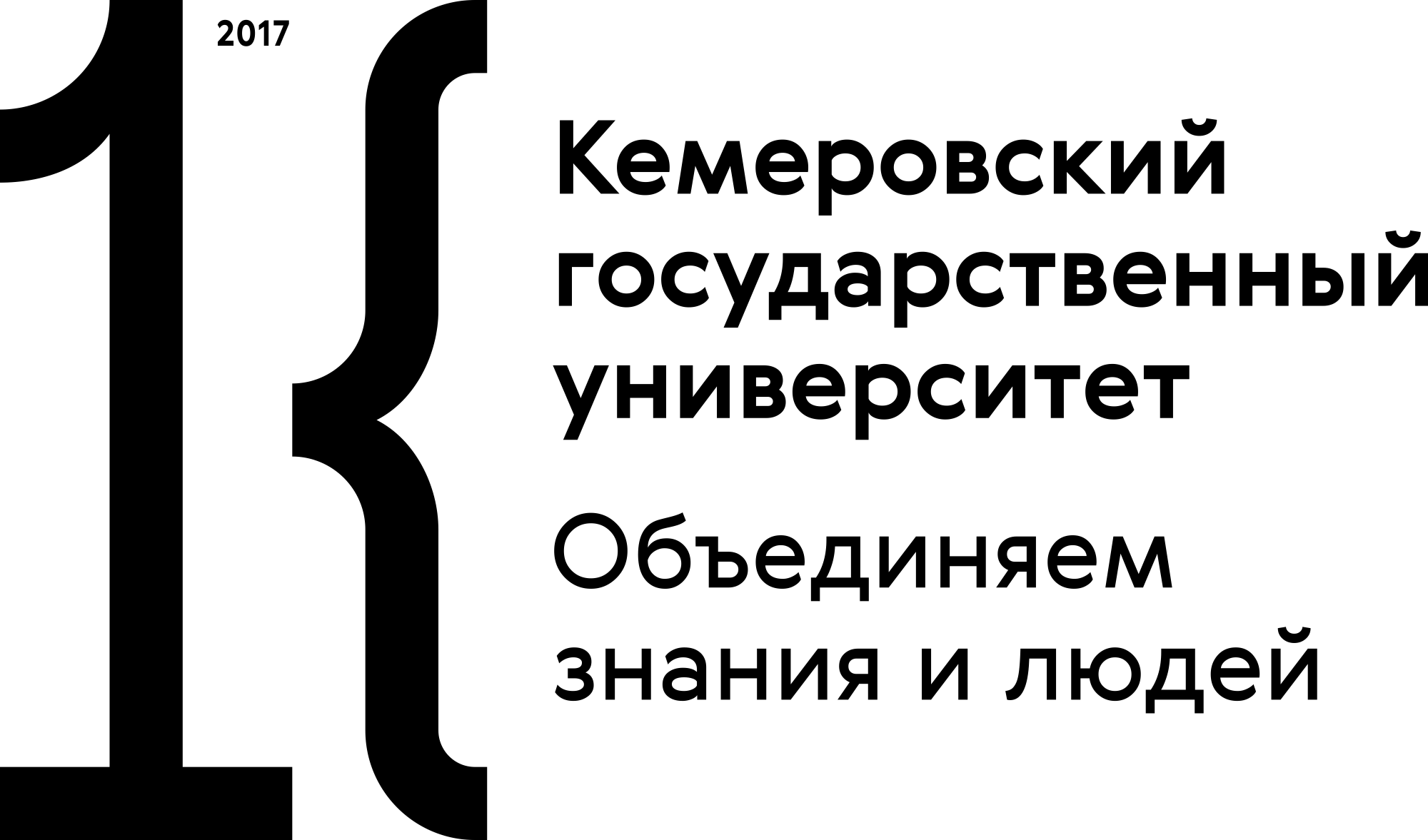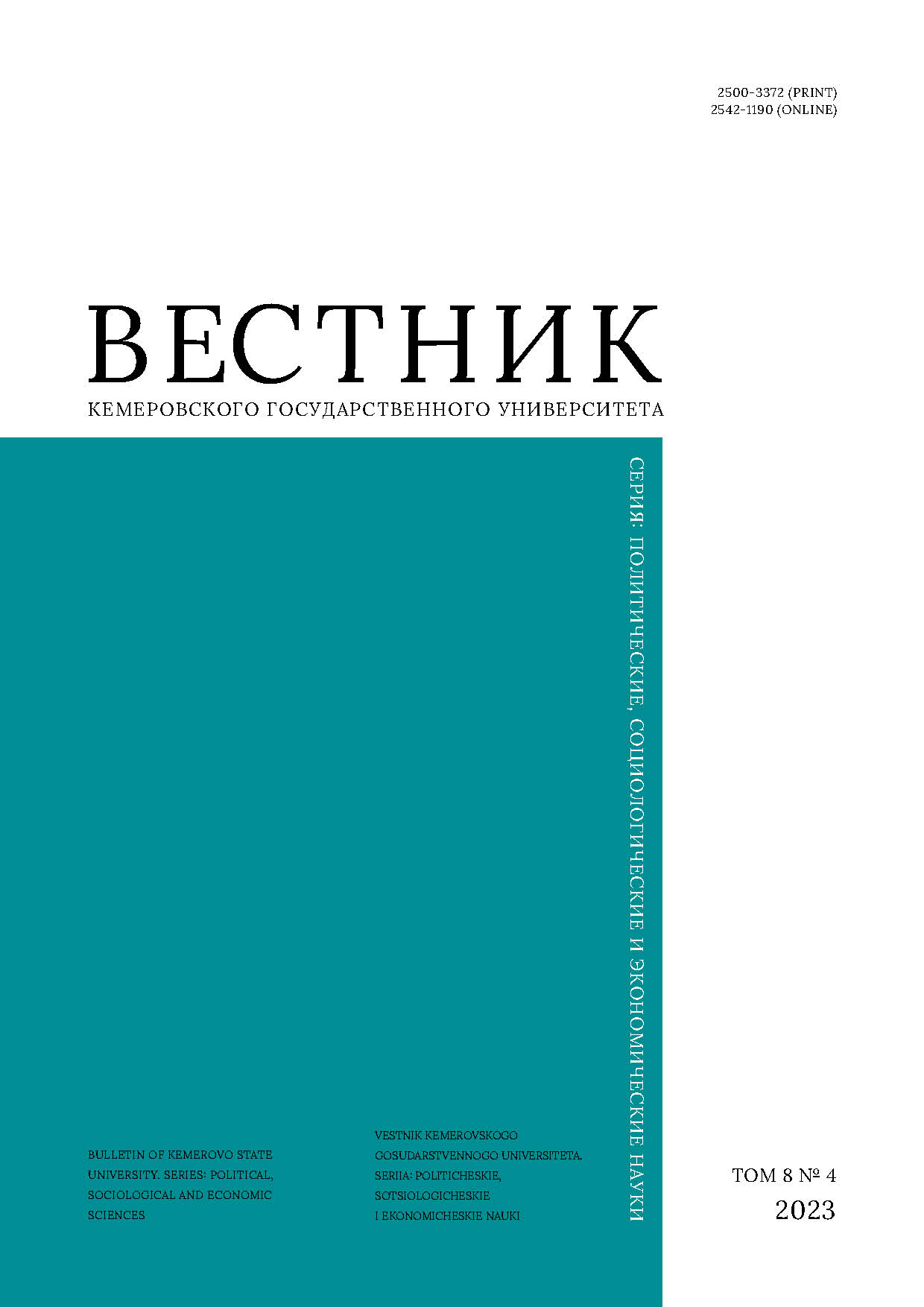from 01.01.2020 to 01.01.2023
Moscow, Russian Federation
The author explores the transformation of Estonia’s foreign policy image in the context of a systemic crisis. A significant strengthening of the Eurosceptic political camp in Estonia, destabilizing the Euro-optimistic reputation carefully formed since the country regained its independence in 1991, leads to the formation of a negative foreign policy image of Estonia both in Brussels and inside the state. The study examines the image policy of Estonia in the European Union. The purpose of the article is to study the transformation of Estonia’s foreign policy image as a European Union member during the strengthening of hard Euroscepticism in this state. The problems of Estonia’s image in Brussels are becoming increasingly relevant due to the presence of Eurosceptic Conservative People’s Party of Estonia in the government coalition in 2019–2021. A system-functional approach has been used to study Estonia’s foreign policy image as an integral system, which consists of a number of interconnected elements. The research uses the scientific method of system analysis, comparative method, which allowed to compare the foreign policy image of Estonia at different chronological stages; genetic method, which helped to investigate the genesis of the Estonia’s foreign policy image, reveal its content and show the stages of its transformation; case study method, which allowed to explore a self-sufficient and unique Estonian case. The research is based on the theory of image in international relations. In order to identify the elements that influence the formation of the modern foreign policy image of Estonia, the author uses the method of content analysis. As a result of Eurosceptics’ presence in the government coalition the positive image of the country in European Union underwent significant erosion and partial destruction.
Euroscepticism, European Union, image theory, political image, European integration, political party, Eurooptimism, Estonia
1. Andrespok E., Kasekamp A. I. Development cooperation of the Baltic states: a comparison of the trajectories of three new donor countries. Perspectives on European Politics and Society, 2012, 13(1): 117-130. https://doi.org/10.1080/15705854.2011.649166
2. Kuusik P., Raik K. Eesti positsioon ja mõju ELis: mõisted, mõõdikud ja koondtulemused. In: Janning J., Kuusik P., Oidekivi R., Stoicescu K. Eesti välispoliitika mõju ja kuvand Euroopa Liidus: mõjude eelhindamine. Tallinn: Rahvusvaheline Kaitseuuringute Keskus, 2019, 6-13.
3. Blagova Iu. A. FRG image as a tool of its influence in Europe. Vestnik of Moscow State Linguistic University, 2013, (2): 18-27. (In Russ.) https://www.elibrary.ru/pwueyt
4. Vorotnikov V. V. 25 years of the Baltic states independence: from the Soviet to the European Union. Outlines of global transformations: politics, economics, law, 2016, 9(5): 7-23. (In Russ.) https://doi.org/10.23932/2542-0240-2016-9-5-7-23
5. Bodalev A. A., Belobragin V. Ya., Belobragin V. V., Gil S. S., Kalinin A. A., Laptev L. G., Komarovski V. S., Martynova L. G., Nesterchuk O. A., Panasyuk A. Yu., Pankrukhin A. P., Petrova E. A., Prudnikov L. A., Tarantsov V. P., Shepel V. M. Political imageology. Moscow: Akademiia imidzhelogii, 2006, 275. (In Russ.) https://www.elibrary.ru/qofikv
6. Tevdoy-Burmuli A. I. Problems of Russia’s image in contemporary Latvia. Contemporary Europe, 2008, (3): 80-89. (In Russ.) https://www.elibrary.ru/mvycrn
7. Devlekanova K. A. Competitive political image of a modern state. Vesnіk BDU. Seryia 3, Gіstoryia. Fіlasofіia. Psіkhalogіia. Palіtalogіia. Satsyialogіia. Ekanomіka. Prava, 2010, (3): 56-58. (In Russ.) https://www.elibrary.ru/sjskxv
8. Herrmann R. K. Perceptions and image theory in international relations. The Oxford Handbook of Political Psychology, eds. Huddy L., Sears D. O., Levy J. S. 2nd ed. Oxford: Oxford University Press, 2013, 334-363. https://doi.org/10.1093/oxfordhb/9780199760107.013.0011
9. Images of political power in post-Soviet Russia: political-psychological analysis, ed. Shestopal E. B. Moscow: Aletheya, 2004, 534. (In Russ.)
10. Imageology: trends and prospects of development, ed. Shepel V. M. Moscow: Kirillitsa, 2003, 157. (In Russ.)
11. Alenius K. Ahkeruus, edistys, ylimielisyys: Virolaisten Suomi-kuva kansallisen heräämisen ajasta tsaarinvallan päättymiseen (n. 1850-1917). Oulu: Pohjionen, 1996, 259.
12. Knudsen B. Elite images and perceptual predispositions - a study of some national and international images of Western Europe. Affinity, the rank of nations and images of Norway and Norwegian policy. Oslo: University of Oslo, 1979, 372.
13. Boulding K. E. The image: knowledge in life and society. University of Michigan Press, 1956, 175.
14. Boulding K. E. National images and international systems. Journal of Conflict Resolution, 1959, 3(2): 120-131.
15. Tatarinova Iu. N., Kharichkin I. K. The political image of the political elite through a prism of electoral preferences. Vestnik Universiteta, 2012, (4): 89-94. (In Russ.) https://www.elibrary.ru/pmjdrd
16. Medvedeva N. N. Russia’s image in the context of developing relations with the European Union. Dr. Polit. Sci. Diss. Abstr. Moscow, 2008, 25. (In Russ.) https://www.elibrary.ru/njfwkf
17. Van Ham P. The rise of the brand state: the postmodern politics of image and reputation. Foreign Affairs, 2001, 80(5): 2-6. https://doi.org/10.2307/20050245
18. Astrov A. Estonia. The political struggle for a place in history. Russian Politics & Law, 2010, 48(5): 7-24. https://doi.org/10.2753/RUP1061-1940480501
19. Kasekamp A. Extreme-right parties in contemporary Estonia. Patterns of Prejudice, 2003, 37(4): 401-414. https://doi.org/10.1080/0031322032000144483
20. Kitus A. Europeanization, democratic deficit and the constitutional debate in Estonia. Innovation: The European Journal of Social Science Research, 2008, 21(2): 111-129. https://doi.org/10.1080/13511610802214388
21. Wrange J., Bengtsson R. Internal and external perceptions of small state security: the case of Estonia. European Security, 2019, 28(4): 449-472. https://doi.org/10.1080/09662839.2019.1665517
22. Raik K., Rikmann E. Resisting domestic and external pressure towards de-Europeanization of foreign policy? The case of Estonia. Journal of European Integration, 2021, 43(5): 603-618. https://doi.org/10.1080/07036337.2021.1927011
23. Kaveshnikov N. Iu. European Union: history, institutions, activities. Moscow: Aspect Press, 2021, 365. (In Russ.) https://www.elibrary.ru/ijmqil
24. Carmichael L. Changes and challenges of Euroscepticism in Estonian European integration, fifteen years on from accession. New Zealand Journal of Research on Europe, 2020, 147-181.
25. Schaller S., Carius A. Convenient truths: mapping climate agendas of right-wing populist parties in Europe. Berlin: Adelphi, 2019, 99.
26. Petrovskaia O. V. Integration of Eastern and Western Europe: what went wrong? Integration and disintegration in the European Union. Moscow: RISS, 2020, 40-144. (In Russ.)
27. Lanko D. A. Estonian political parties in the mid-2010s. Baltic region, 2015, (2): 67-77. (In Russ.) https://doi.org/10.5922/2074-9848-2015-1-5
28. Mezhevich N. M. The path of the Baltic States: from nationalism to authoritarianism, from authoritarianism to the glorification of fascism. St. Petersburg: IPTS SZIU, 2020, 54. (In Russ.) https://www.elibrary.ru/qckaej
29. Oskolkov P. V., Tevdoy-Burmuli A. I. Rethinking discursive parameters of contemporary political parties typology. World Economy and International Relations, 2023, 67(5): 57-68. (In Russ.) https://doi.org/10.20542/0131-2227-2023-67-5-57-68
30. Kasekamp A., Madisson M.-L., Wierenga L. Discoursive opportunities for the Estonian populist radical right in a digital society. Problems of Post-Communist, 2018, 66(1): 47-58. https://doi.org/10.1080/10758216.2018.1445973
31. Ehin P., Talving L. Still second-order? European elections in the era of populism, extremism, and Euroscepticism. Politics, 2021, 41(4): 467-485. https://doi.org/10.1177/0263395720986026

















